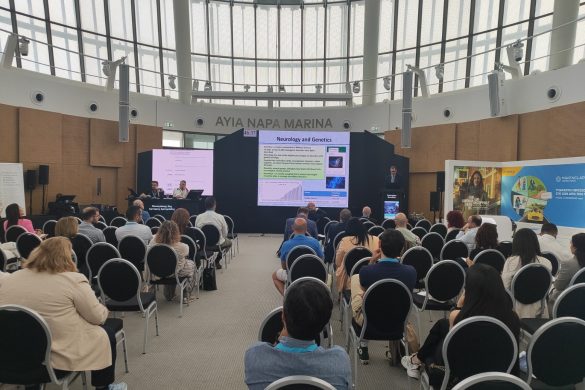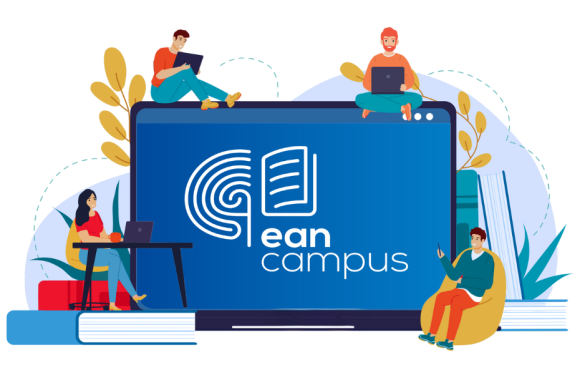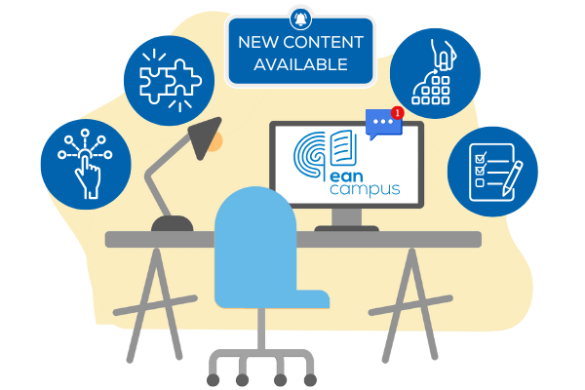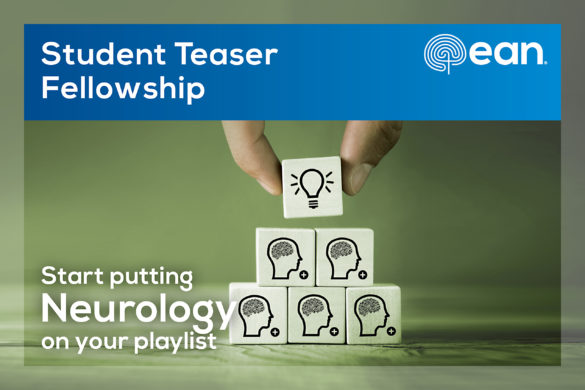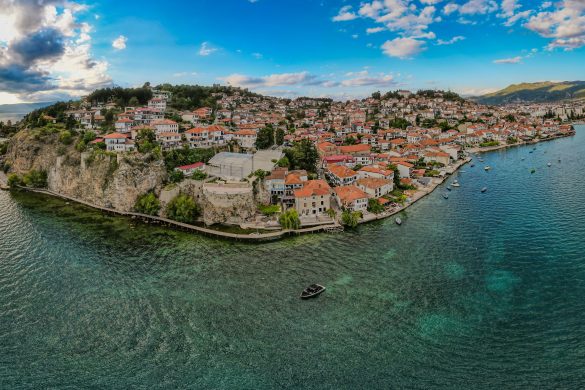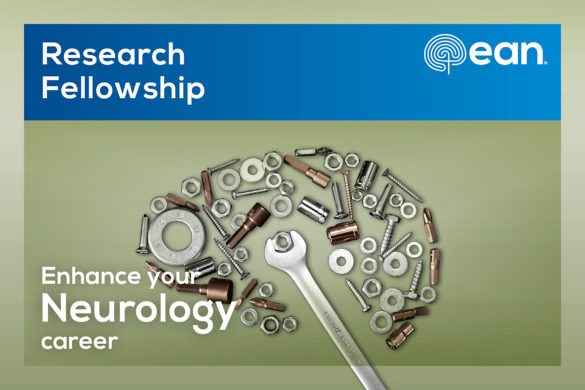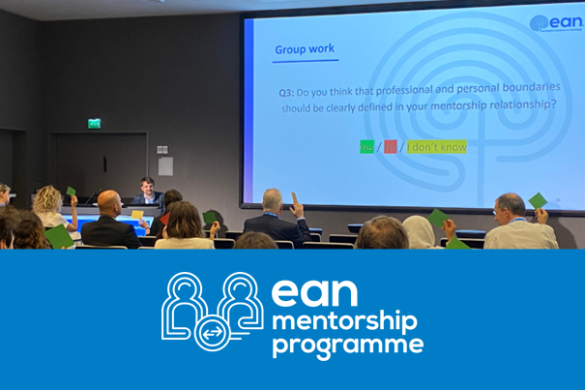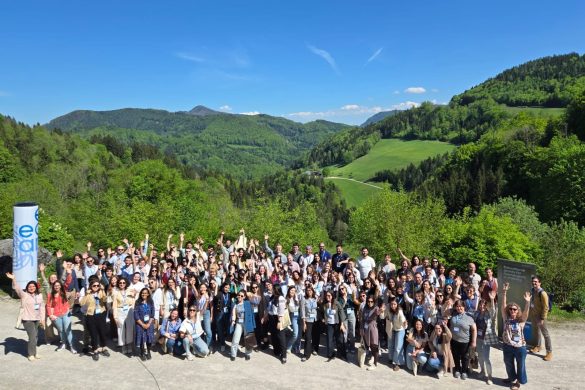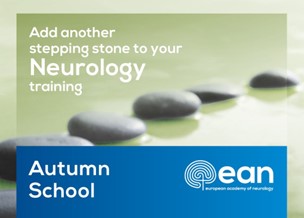by Antonella Macerollo, P. Balicza, O. Györfi, L. Klingelhöfer, A. Macerollo, V. Papp, A. Sauerbier
There has been the outstanding need to provide European junior colleagues with a platform for encouraging intercultural exchanges and support, and tackling upcoming challenges of the 21st century. To meet these objectives, junior representatives from two European neurology working groups – the European Federation of Neurological Societies (EFNS) and the European Neurological Society (ENS) – decided to merge in 1999 and found the first volunteer-based non-profit organization, labelled European Association of Young Neurologists and Trainees (EAYNT). The main aim of this organization was to represent the interests of young European neurologists and promote collaboration and friendship among them. Over the last 10 years a number of initiatives have been developed to improve education and clinical as well as research experience for young neurologists, especially for those in training.
In 2014, an important event happened for the European neurological societies: the EFNS and the ENS founded the European Academy of Neurology (EAN), the new Home of Neurology in Europe. Following the EAN invitation, within this year the EAYNT Board has come to the consensus that the EAYNT should move forward and build a closer relationship with EAN. During the 1st EAN conference in Berlin this summer, the EAYNT general assembly decided to convert the current association into a new section of EAN dedicated to junior neurologists. This has been labelled EAN “Residents and Research fellows (RRF) section”.
The RRF section aims at further developing all previous EAYNT activities, and working in close relationship with EAN. The main objectives of the EAYNT, and consequentially of the new RRF section, are: to represent, inform, and help neurology trainees at an international level, including those who wish to spend time in other countries for clinical training or research; to improve the training of neurologists by learning from previous experiences from different countries; to connect young neurologists for clinical exchange and support; to build a platform for communication among junior neurologists.
The activities of the RRF section are becoming an integral part of the neurology education activities in Europe. For example, the RRF section organizes several activities during the EAN congress such as a local hospital visit followed by a dinner in order to give young neurologists and trainees from different cultural backgrounds all over Europe the opportunity to get together and exchange their professional and personal experiences. Moreover, the RRF section provides a platform to spread information about calls for international exchange programs and helps to connect with the departments.
Helping colleagues to start their international scientific activities is an important task for the RRF section. Delegates represent residents and fellows in the EAN’s scientific panels. Besides other responsibilities, these panels contribute to set guidelines and design the program of the EAN congress. Furthermore, they nominate junior colleagues for abstract reviewing and poster co-chairing. The RRF would like to serve as a link between generations of neurologists and to represent colleagues in decision-making processes. To this regard, the RRF section officers nominate delegates from different neurological societies and subcommittees. The RRF section is represented in European as well as worldwide societies, i.e. the International Danube Neurology Association, the Young Neurologists of the World Federation Neuro-Rehabilitation (WFNR), the International Working Group of Young Neurologists and Trainees (IWGYNT).
To better achieve the RRF section goals, several surveys about different topics have been conducted and the results have been published as peer reviewed papers for wider distribution of the findings. The past year’s topics were neurology residency training, EBN examinations and E-learning preferences, harmonization of European neurology education and cross-border mobility of junior neurologists.
The RRF section is also actively involved in the development of the e-learning resources, such as e-Brain, which was recently launched (http://www.ebrainjnc.com). This initiative is the world’s largest and most comprehensive web-based training resource in clinical neuroscience, and all EAN members are given free access. Interested readers may also check our most recent article on e-learning preferences of junior neurologists.
Finally, the RRF section is actively involved in the Neuropenews activities. Recently, a specific space of this blog, called “education corner”, has been dedicated to important topics for trainees and fellows in neurology.
We extend the invitation to join the RRF section to all colleagues undergoing training in neurology (and related fields such as neurobiology, neurophysiology and neurosurgery) as well as to qualified neurologists in their early years as specialist. We are looking forward to hearing from you.
Information on how to become a member can be found here: https://www.eaneurology.org/Individual-Members.1642.0.html




